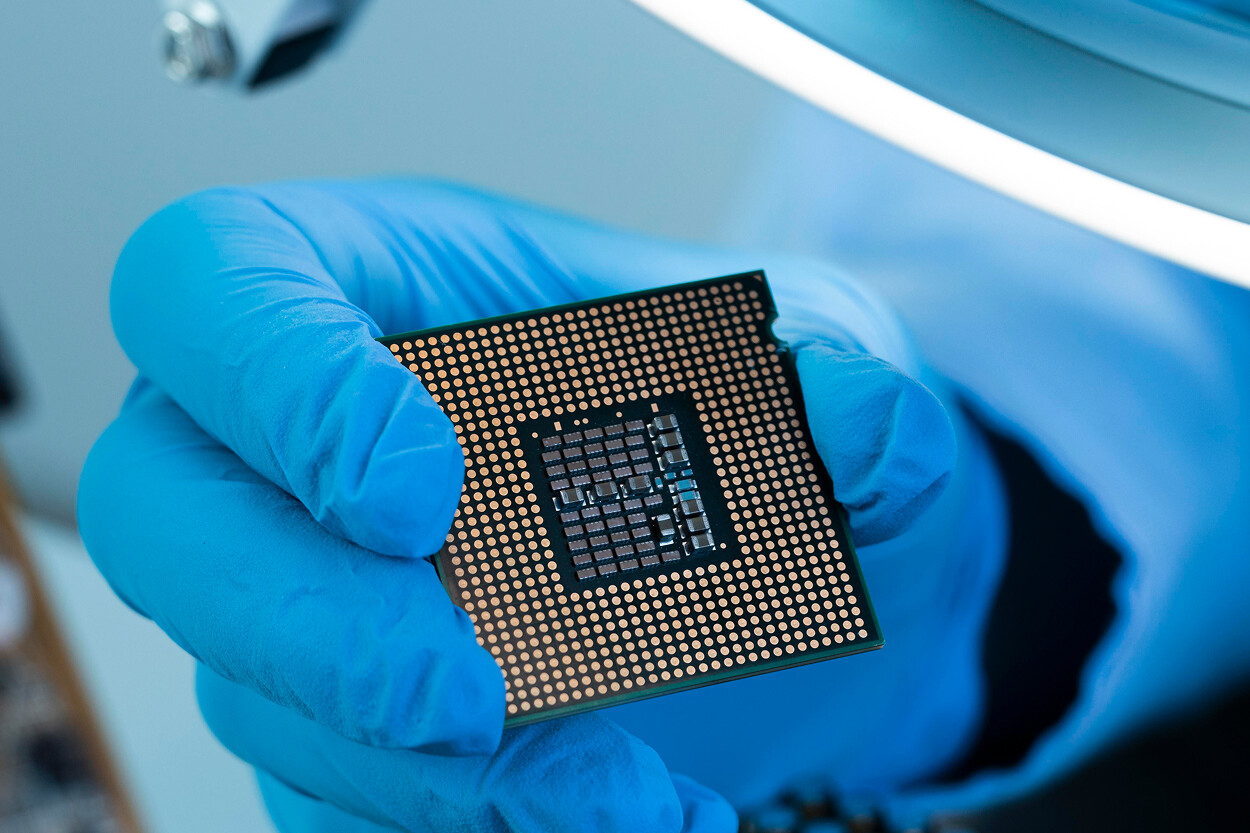Top 5 Mistakes Companies Make When Switching EMS Vendors — And How to Avoid Them

Getting Started: Why EMS Vendor Transitions Are So Risky
Switching your electronics manufacturing services (EMS) partner is never easy. Whether you're scaling production, optimizing costs, or resolving quality issues, the transition process carries significant risks—from production downtime to lost IP or component shortages.
Understanding the common mistakes companies make during EMS transitions can help you avoid costly disruptions and maintain product continuity. Let’s dive into the top five pitfalls and how to prevent them.
1. Incomplete Handover of Manufacturing Documentation
The Mistake: Many companies underestimate the complexity of transferring technical documentation, resulting in missing or outdated files that stall onboarding.
Consequences:
- Inaccurate builds
- Delays in NPI and validation
- Misaligned quality expectations
How to Avoid It:
- Prepare a complete manufacturing transfer package: BOM, Gerbers, assembly drawings, test procedures, 3D models, firmware images.
- Assign a cross-functional team to manage and verify handover quality.
- Use a documentation checklist and release everything through version control.
2. Choosing a New EMS Partner Without a Structured Selection Process
The Mistake: Companies often pick a new EMS partner based on cost or urgency, overlooking long-term fit or technical capabilities.
Consequences:
- Vendor underperformance
- Misalignment with compliance standards or industry certifications
- Contract renegotiation and repeated onboarding
How to Avoid It:
- Develop a structured RFI/RFQ and vendor scoring matrix.
- Evaluate partners on scalability, traceability, and past experience with similar products.
- Conduct on-site or virtual audits and involve engineers in the final decision.
3. Not Planning for Component Availability and Procurement Shifts
The Mistake: BOM assumptions made with the old EMS partner may no longer hold. Lead times, sourcing channels, and MOQ policies vary.
Consequences:
- Last-minute redesigns
- Unexpected delays
- Budget overruns
How to Avoid It:
- Request a BOM risk report and lead time forecast from the new EMS.
- Approve alternate components in advance.
- Leverage existing stock from the previous partner if possible.
4. Overlooking Test Strategy Transfer and Fixture Compatibility
The Mistake: Functional and in-circuit test setups are often specific to the original EMS. Companies forget to plan for fixture replication or redesign.
Consequences:
- Poor product quality
- Low first-pass yield rates
- Extended ramp-up times
How to Avoid It:
- Document all test plans, test coverage metrics, and fixture specs.
- Revalidate test procedures with the new EMS’s equipment and capabilities.
- Budget for new fixture development if reuse is not feasible.
5. Underestimating Ramp-Up Time and Pilot Builds
The Mistake: Expecting immediate mass production from the new EMS without pilot runs or learning curves is unrealistic.
Consequences:
- Production delays
- Line calibration issues
- Inconsistent quality in early batches
How to Avoid It:
- Schedule a pilot run of at least 100–300 units.
- Include line setup validation, test yield monitoring, and packaging inspection.
- Use pilot results to fine-tune process parameters.
Bonus Tip: Secure Your IP and Data Integrity During Transition
Work with legal and IT teams to ensure all IP, firmware, and documentation is securely transferred. Use access-controlled portals and signed NDAs to protect your assets.
Real-World Example: Successful EMS Transition for a Telecom Client
A European telecom company partnered with Promwad after experiencing chronic delivery delays and inconsistent quality with their previous EMS provider. The company needed to switch vendors quickly without impacting an upcoming product launch in three countries.
Challenges:
- Missing or outdated technical documentation from previous EMS
- High lead times on RF modules
- Unverified functional test procedures
Promwad's Solution:
- Reconstructed the full documentation set, including PCB revisions, test files, and firmware backups
- Sourced pin-compatible RF modules with equivalent performance and lower MOQ
- Designed new functional test jigs based on updated quality metrics
- Supervised a pilot run of 250 units and reviewed line setup with the new EMS
Results:
- Full production resumed within 8 weeks
- First-pass yield improved by 14%
- 22% lower manufacturing cost per unit due to optimized sourcing

Promwad’s Approach to EMS Transitions
At Promwad, we support smooth EMS vendor switches through:
- EMS auditing and shortlisting in the EU and Asia
- Transition planning, documentation management, and fixture replication
- Pilot build supervision and test system development
- Risk analysis on BOM, supply chain, and production processes
Our goal is to help you maintain momentum while minimizing disruption during vendor changeovers.
Final Thoughts: Plan the Transition Like a Launch
Switching EMS partners isn’t just a procurement task—it’s a cross-functional engineering and supply chain challenge. With proper planning, documentation, and pilot testing, you can avoid the most common mistakes and turn your EMS transition into a strategic win.
Let Promwad help you de-risk your vendor switch and get back to building great products—faster and smarter.
Our Case Studies in Electronics Manufacturing





